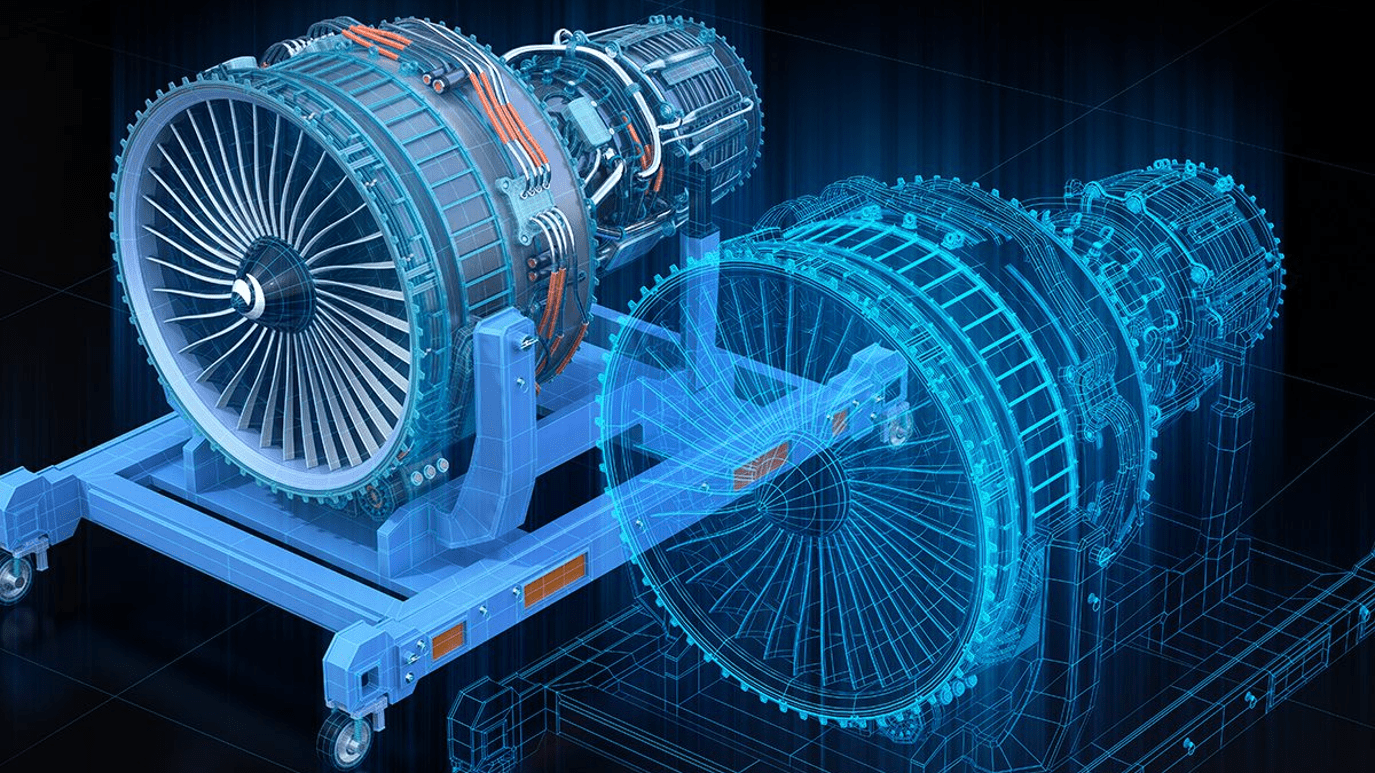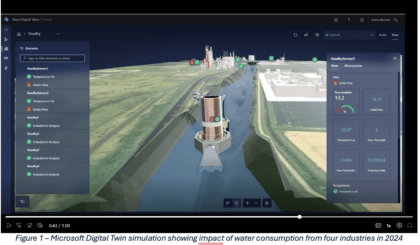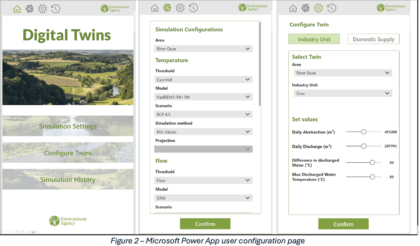
Digital Twin: Understanding environmental impacts of low carbon technologies
Low-carbon technologies such as carbon capture and hydrogen production play an important role in meeting UK Net Zero 2050 if they can be deployed sustainably and environmental risks mitigated.
Hitachi Solutions has been working in collaboration with the Environment Agency to design and build a Proof of Concept (PoC) Digital Twin to model the potential impact of this emerging industry over time and how limited natural resources may affect deployment.
Project Background
The Environment Agency wanted to understand more about local environment capacity and the cumulative impacts of decarbonising industrial clusters (co-located heavy industry), including water availability and temperature changes from industrial activities as well as under climate change scenarios.
Using a grant from the Regulator’s Pioneer Fund, the Environment Agency engaged Hitachi Solutions to work with them in designing and building a Proof of Concept Digital Twin model to provide a visual representation of the water environment and a low carbon industrial cluster within the Humber area of the UK.
What is a Digital Twin?
A digital twin replicates an object, system, or environment virtually, allowing exploration of different scenarios and determination of their impact on the real-world object or environment. The digital twin visualises the effect afterward.
Organizations use digital twins to monitor, replicate, and improve the efficiency of complex industrial processes remotely, or to virtually simulate historical or future scenarios to assess potential impacts
The potential benefit of a digital twin over a digital model is often realised in the connection to and similarity of its physical twin. It adds value by incorporating historical, real-time, or current data along with long-term future predictions to demonstrate the impacts on the physical (real) twin and inform short- or long-term strategic decision making.
Development of the Digital Twin
The initial model focused on two key parameters: water availability and water temperature, as these have a direct impact on the natural environment and the potential efficiencies of low-carbon technologies.
Datasets used in the model included:
- River flow prediction data
- Temperature predictions
- Industry cooling water abstraction and discharge permit data
- Environmental temperature thresholds for migratory fish species
To build the model, Hitachi Solutions used Microsoft Azure Digital Twin, including IOT Central (simulating real-world sensors), Event Hub, Logic Apps and Stream Analytics, a tailored and innovative solution.
Furthermore, we also leveraged both Azure Digital Twin for 3D simulations of the’real world’ and Microsoft Power BI for self-service analytics to meet the needs of different user groups.

Additionally, to enable users to configure scenarios for the digital twin without specialist knowledge of the tools, Hitachi Solutions developed a simple user interface in Microsoft Power Apps.

By using digital twins like this, we can start to model and predict the future for the benefit of the environment.
Chris Cope
Digital Programme Director
Results
Through the creation of the PoC and a series of test simulations, this project successfully determined that Digital Twin technology can assess cumulative impacts and environmental capacity in low-carbon industrial clusters and potentially provide significant benefits for short- and long-term environmental planning.
For more details on the full project report published by the Environment Agency click here.
